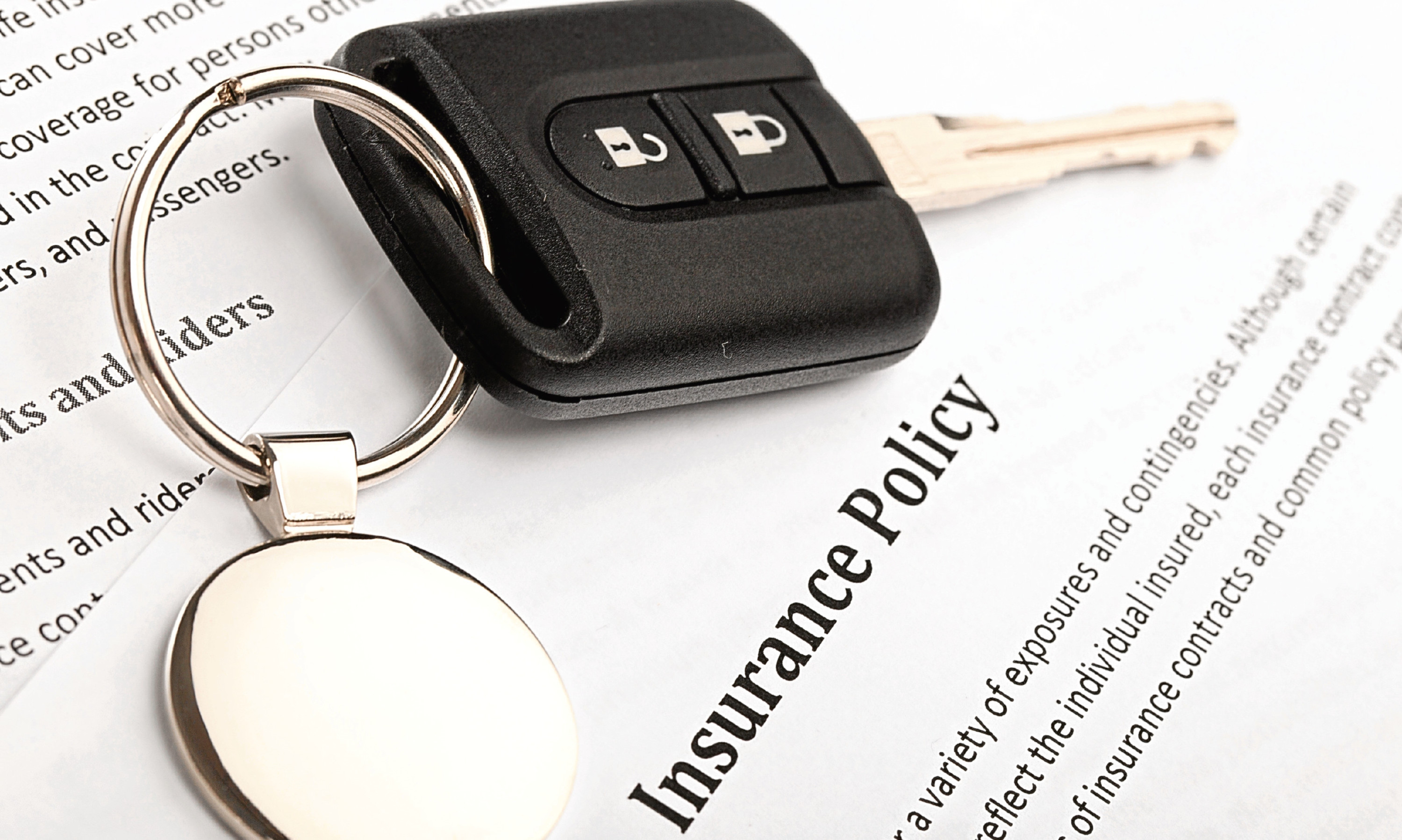Vehicle insurance premiums hit a record high last quarter, rising by more than five times the rate of inflation in 2016.
The Association of British Insurers (ABI) said that tax increases, rising repair costs and increasing costs arising from whiplash injury claims were to blame.
According to the ABI’s Motor Premium Tracker – which measures the price consumers actually pay for their cover, rather than quotes – the average price for private comprehensive insurance in Q4 2016 was £462.
The highest figure recorded before this was in Q2 of 2012, when the average price was £443. The Q4 figure for 2016 was up 4.9% over Q3, equating to a £22 rise in the average premium.
It was also found that the average premium for all of 2016 was 9.3% higher than the average premium for 2015.
ABI’s assistant director and head of motor and liability, Rob Cummings, said: “These continue to be tough times for honest motorists. They are bearing the brunt of a cocktail of rising costs associated with increasing whiplash-style claims, rising repair bills and a higher rate of insurance premium tax.
“While we support the Government’s further reforms to tackle lower-value whiplash costs, it must not give with one hand and take away with the other. The sudden decision to review the discount rate has the potential to turn a drama into a crisis, with a significant cut throwing fuel on the fire in terms of premiums.
“Insurers are open to a proper dialogue on how to reform the system and urge the Lord Chancellor to engage with the industry about setting a rate that is fair for both claimants and customers.”
Meanwhile, the RAC has released research that suggests not indicating when turning is our number one annoyance on the roads.
Well over half (58%) of the survey’s respondents said failing to indicate was the top inconsiderate behaviour. It was narrowly ahead (56%) of those who thought middle lane hogging was the greatest driving sin.
